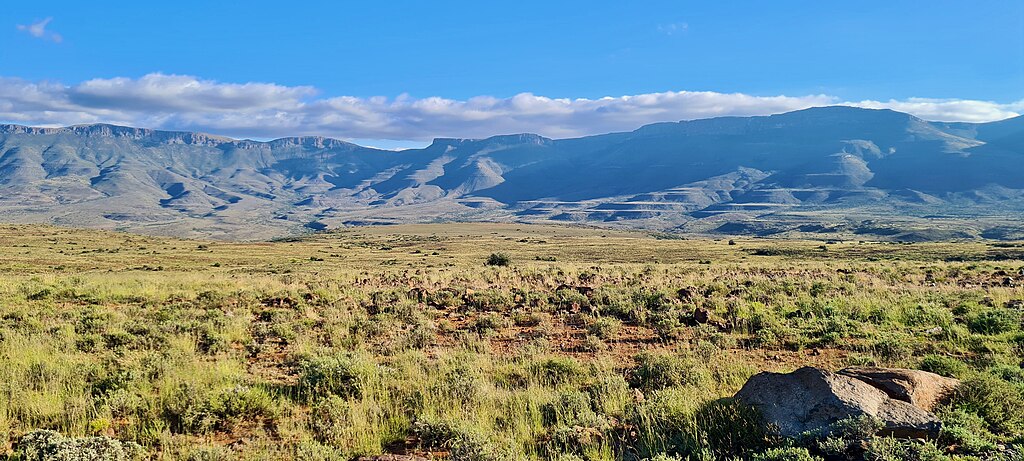Nestled within the arid landscapes of the Karoo lies a botanical wonderland, where resilient plants have adapted to thrive in harsh conditions. In this article, we embark on a journey to uncover the fascinating flora of the Karoo, delving into their diverse adaptations, cultural significance, and the conservation efforts aimed at preserving them for generations to come.
Botanical Diversity
Despite the Karoo’s reputation for its dry climate, it harbors an astonishing diversity of plant life. From the vibrant blooms of the Namaqua daisy to the intricate patterns of the vygie, the region’s flora presents a kaleidoscope of colors and shapes. Each plant species has evolved unique adaptations to survive in the challenging environment of the Karoo, making it a captivating destination for botanists and nature enthusiasts alike.
Cultural Significance
For centuries, the plants of the Karoo have held profound cultural significance for the region’s indigenous communities. Traditional healers, known as sangomas, have relied on medicinal plants like the devil’s claw and the kanna plant to treat various ailments, showcasing the deep connection between people and their environment. Moreover, many Karoo residents have incorporated indigenous plants into their daily lives, using them for food, shelter, and spiritual purposes, further highlighting their importance in local culture and heritage.
Conservation Challenges and Efforts
However, despite their resilience, the plants of the Karoo face numerous threats, including habitat loss, overgrazing, and climate change. Human activities such as agriculture and urbanization have encroached upon natural habitats, putting pressure on vulnerable plant species. Additionally, invasive species pose a significant threat to native flora, disrupting delicate ecosystems. To address these challenges, conservation organizations and government agencies are implementing various initiatives, including habitat restoration, invasive species control, and community-based conservation efforts. Through these endeavors, they aim to safeguard the unique flora of the Karoo and ensure their survival for future generations.
Exploring 10 Remarkable Plants of the Karoo:
Spekboom (Portulacaria afra): Renowned for its carbon-storing capacity, the spekboom is a succulent shrub that dominates vast stretches of the Karoo landscape. Its ability to withstand drought conditions makes it a crucial resource for wildlife, providing food and shelter for various species.
Quiver Tree (Aloidendron dichotomum): Endemic to southern Africa, the quiver tree is an iconic symbol of the Karoo, known for its distinctive silhouette and resilience. Indigenous peoples once hollowed out its branches to make quivers, highlighting its cultural significance.
Namaqua Fig (Ficus cordata): Thriving in sandy soils, the Namaqua fig is a drought-resistant tree cherished for its fleshy fruits, which serve as a vital food source for birds and mammals, showcasing its ecological importance.
Karoo Boer-bean (Schotia afra): Adorning the landscape with its vibrant red flowers, the Karoo boer-bean plays a vital role in pollination and seed dispersal, making it indispensable to the region’s ecosystem.
Hoodia (Hoodia gordonii): Recognized for its appetite-suppressing properties, hoodia is a succulent plant traditionally used by indigenous peoples during hunting trips, illustrating its cultural significance and medicinal value.
Aloe Ferox (Aloe ferox): Commonly referred to as the bitter aloe, Aloe ferox is prized for its medicinal properties, offering relief for various ailments and reflecting the Karoo’s rich botanical heritage.
Karoo Thorn (Acacia karroo): A ubiquitous sight in the Karoo landscape, the Karoo thorn’s deep roots help prevent soil erosion, underscoring its importance for soil conservation and ecosystem stability.
Sour Fig (Carpobrotus edulis): Forming dense mats on coastal dunes, the sour fig provides valuable food for animals and humans alike, demonstrating its role in coastal ecosystems and local communities.
Wild Olive (Olea europaea subsp. africana): Found in rocky outcrops and dry riverbeds, the wild olive is cherished for its silvery-gray leaves and gnarled branches, serving as a refuge for birds and small mammals.
Karoo Thornveld Lavender (Lavandula africana): Endemic to the Karoo, the Karoo thornveld lavender delights with its fragrant blooms, offering both medicinal and culinary benefits and enriching the region’s biodiversity.
The plants of the Karoo, with their remarkable diversity, cultural significance, and conservation importance, stand as testaments to the resilience of nature and the intricate relationships between humans and their environment. By understanding, appreciating, and safeguarding these botanical treasures, we can ensure the continued health and vitality of the Karoo ecosystem for generations to come.

Add a Comment